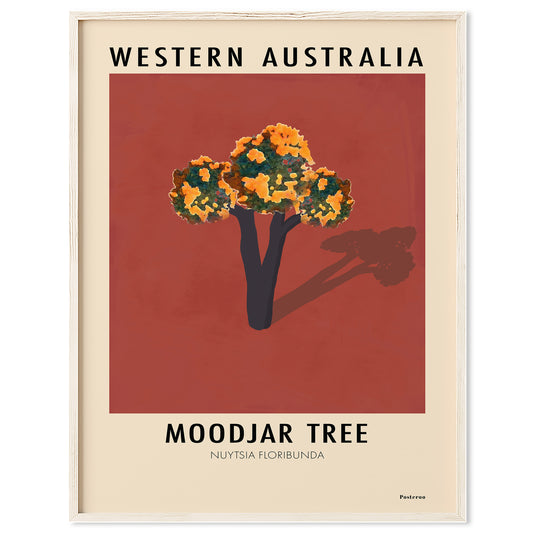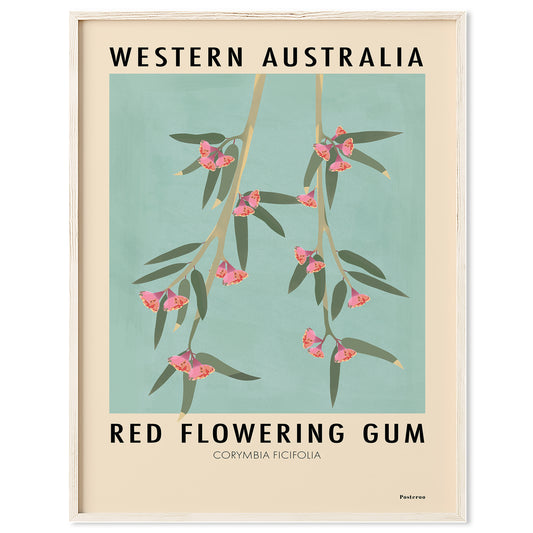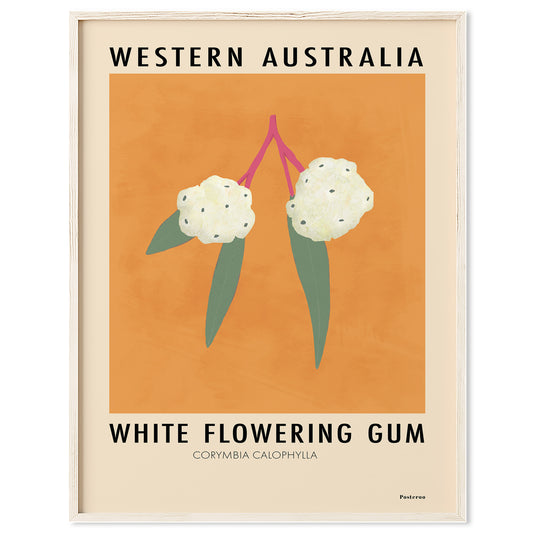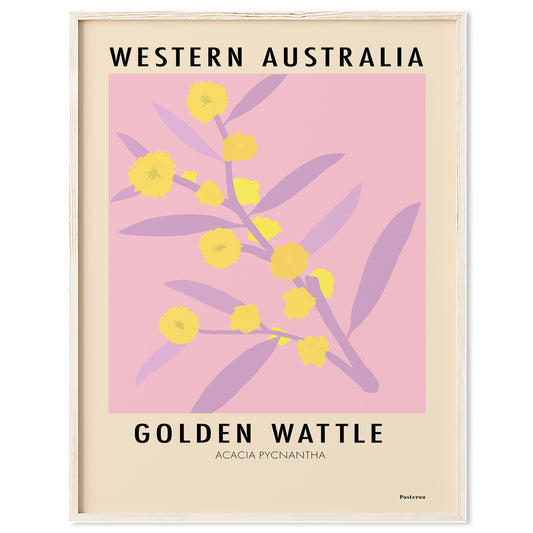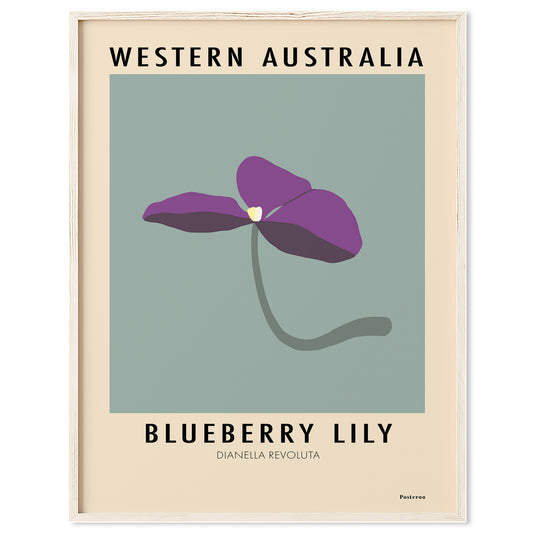Aboriginal Noongar Seasons
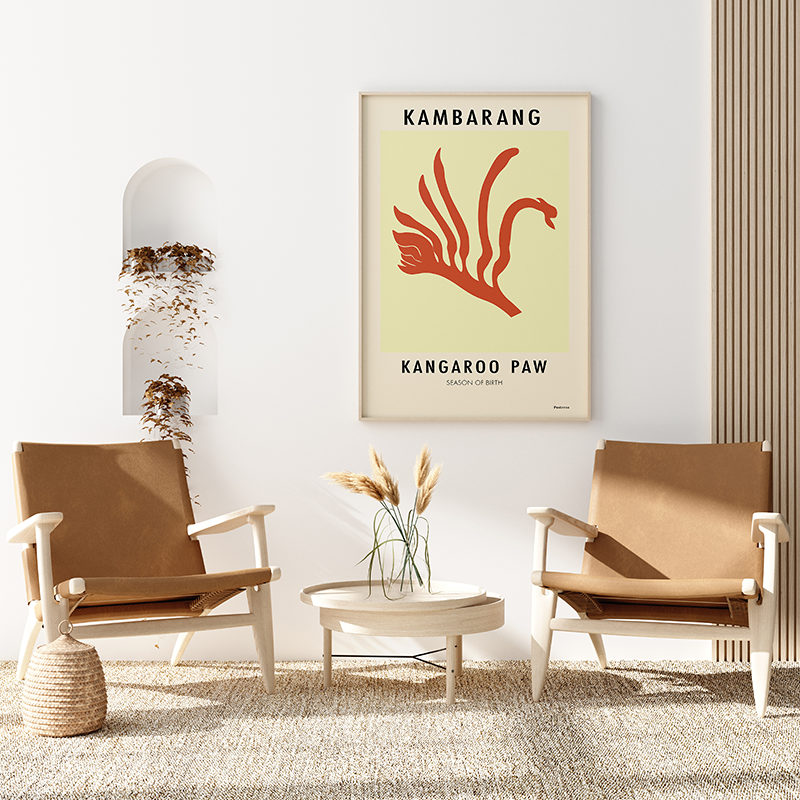
The Six Noongar Seasons
Western Australia is a land of diverse climates and rich cultural heritage. Unlike the Western concept of four distinct seasons, the Aboriginal Noongar people recognize six seasons, each defined by changes in weather, flora, and fauna.
The Noongar people divide the year into six seasons, each lasting around two months and marked by specific environmental cues and natural events. These seasons are:

Birak (December - January): Known as the "season of the young," Birak is characterized by hot, dry weather and frequent bushfires. It's a time when the landscape is dotted with young animals and plants. Traditionally, this is a period for controlled burns to manage the land and promote new growth.
Bunuru (February - March): The "season of adolescence" is the hottest part of the year, with little to no rain. Coastal areas become a refuge from the heat, and freshwater sources are critical. The Noongar people rely on fishing and gathering shellfish during this time.
Djeran (April - May): As the weather cools down, Djeran marks the "season of adulthood." Cooler days and nights bring relief from the summer heat. This is a time of abundance, with many plants and animals ready for harvesting. It's also a period for ceremonial activities and community gatherings.
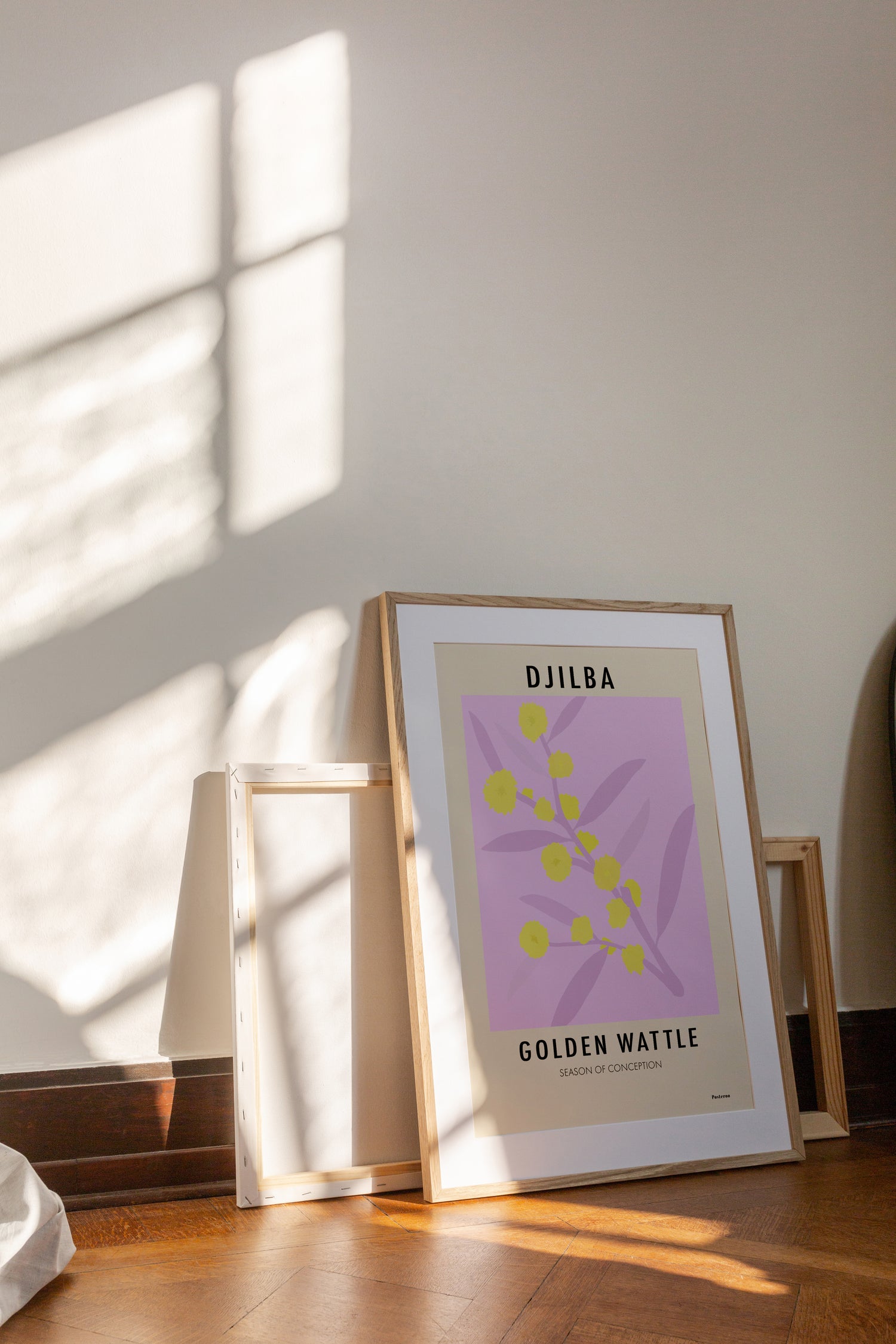
Makuru (June - July): Known as the "season of fertility," Makuru is the coldest and wettest part of the year. The rains bring new life, and the landscape becomes lush and green. Traditionally, this is the time for hunting larger animals, as they are in peak condition.
Djilba (August - September): The "season of conception" brings the first signs of spring. The weather is still cool, but there are longer sunny periods. Wildflowers start to bloom, and animals begin mating. This season is crucial for gathering bush foods and preparing for the warmer months ahead.
Kambarang (October - November): Marking the "season of birth," Kambarang sees warmer temperatures and longer days. Wildflowers are in full bloom, and the bush is alive with new life. This season is ideal for gathering fruits, nuts, and other plant-based foods.

